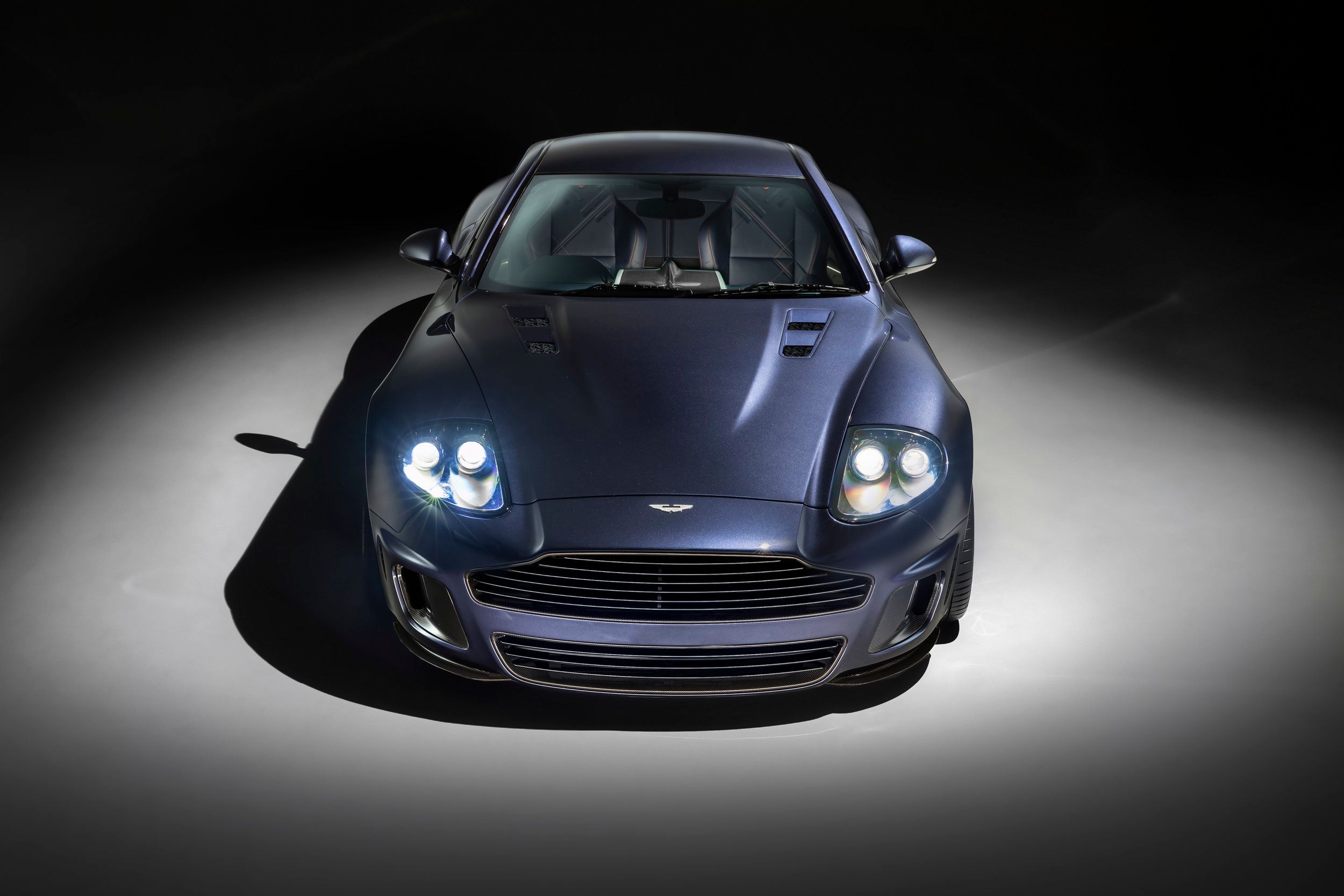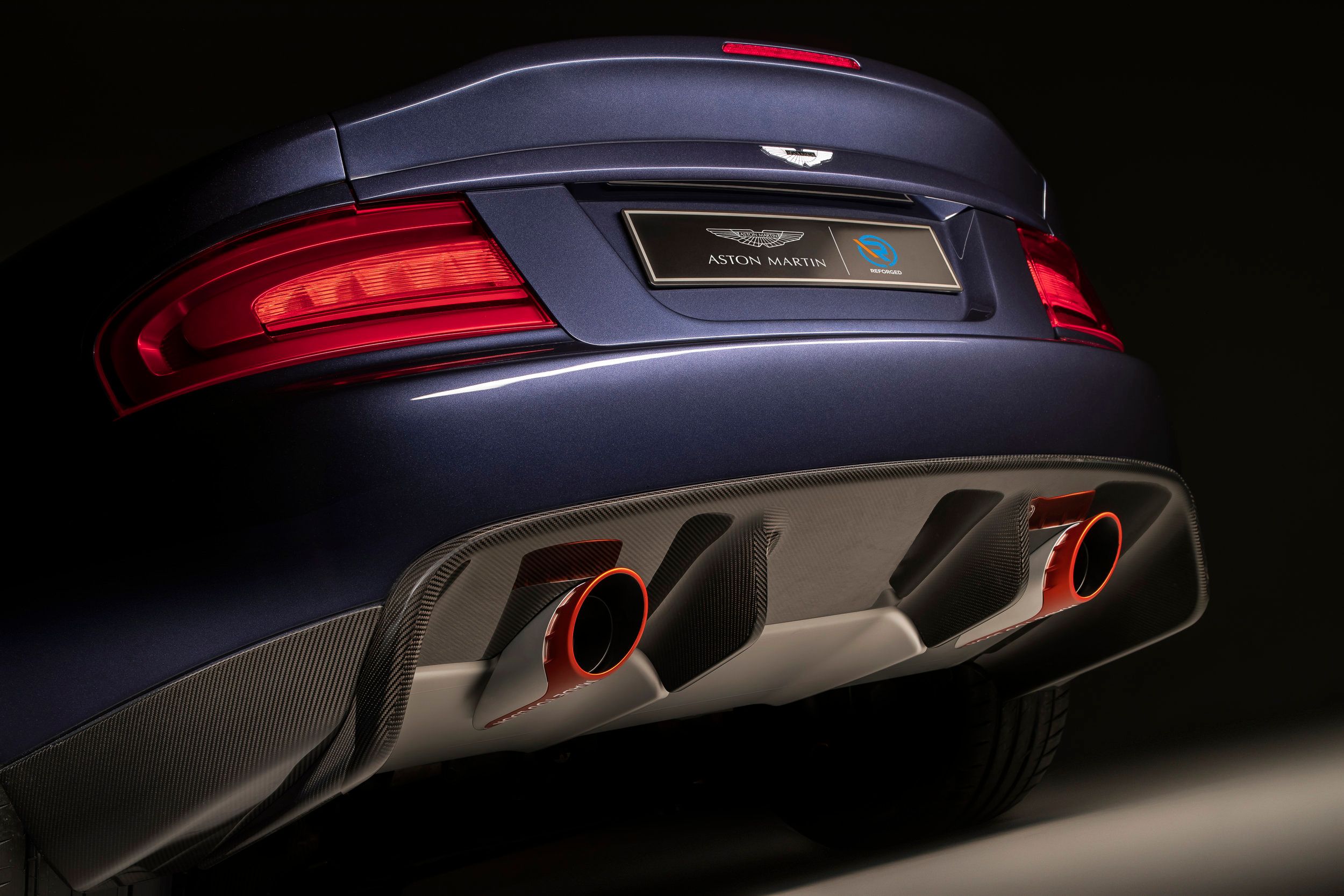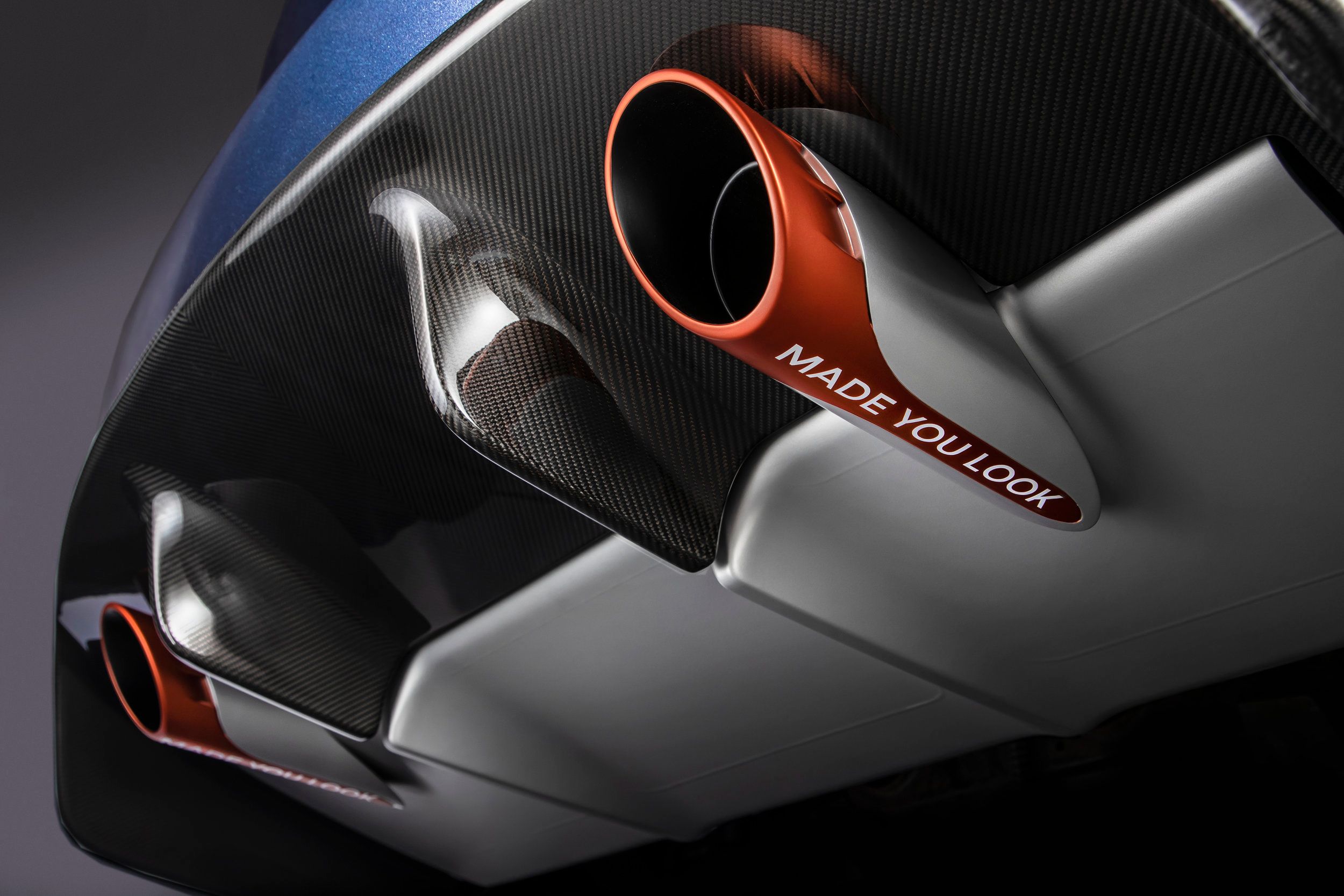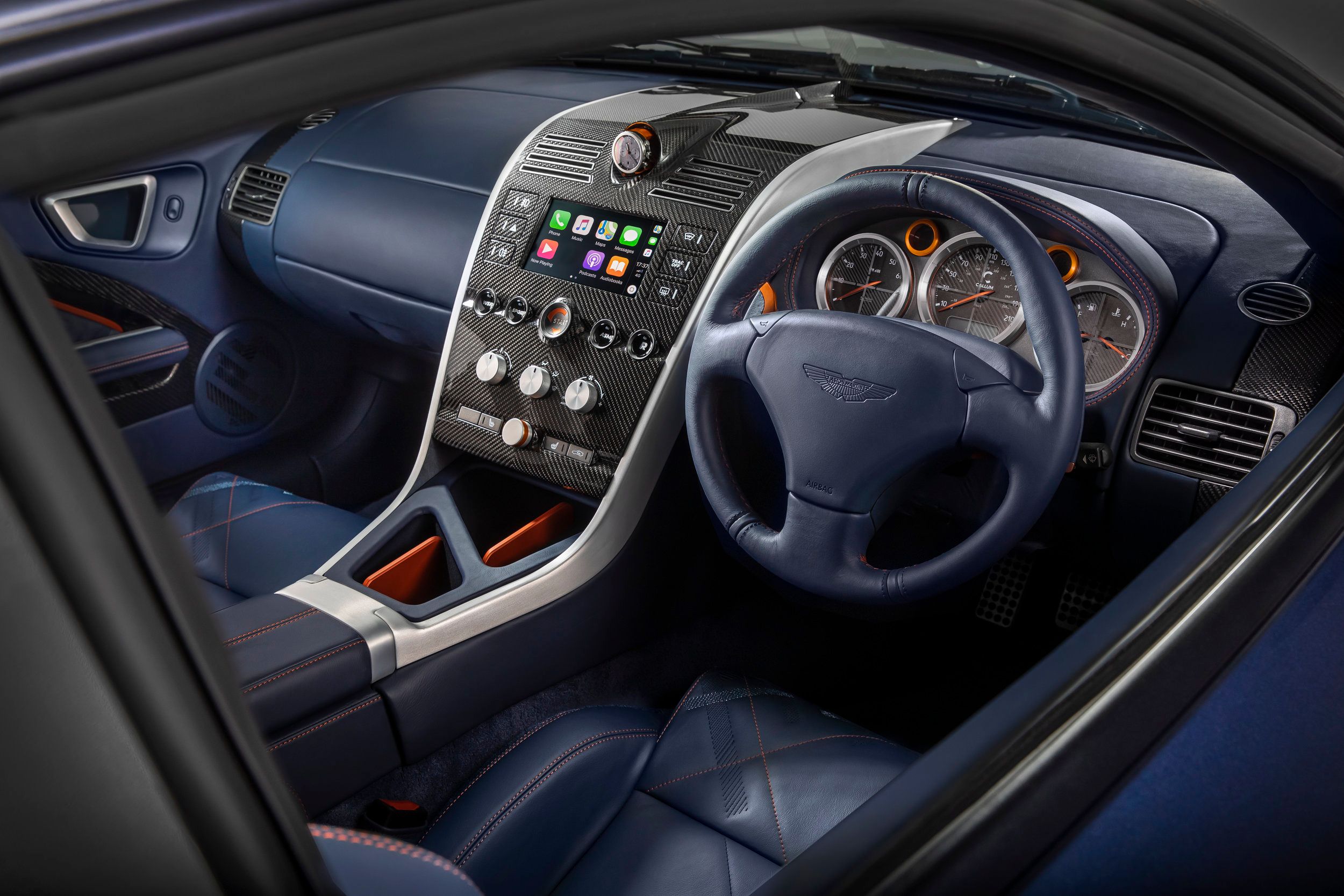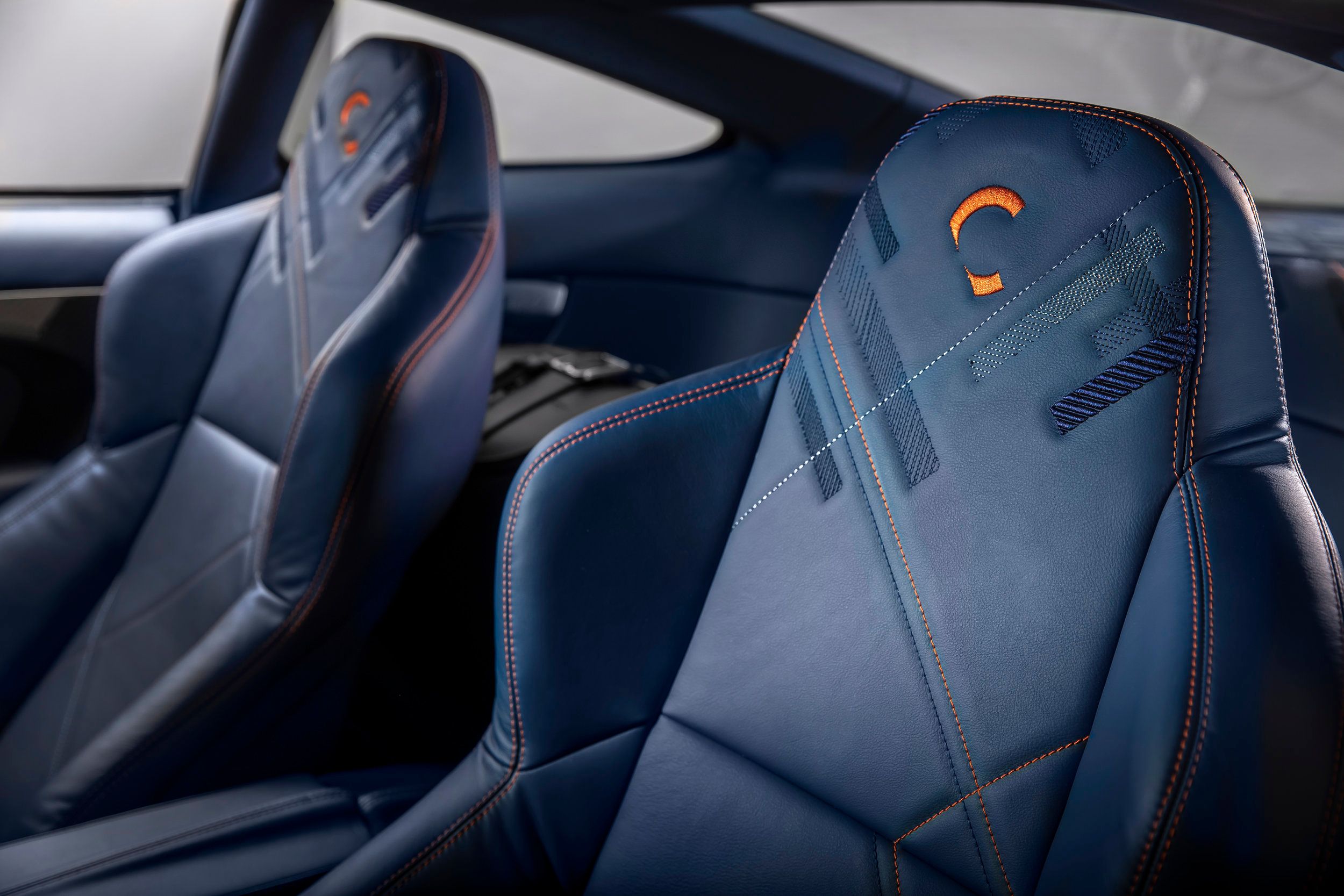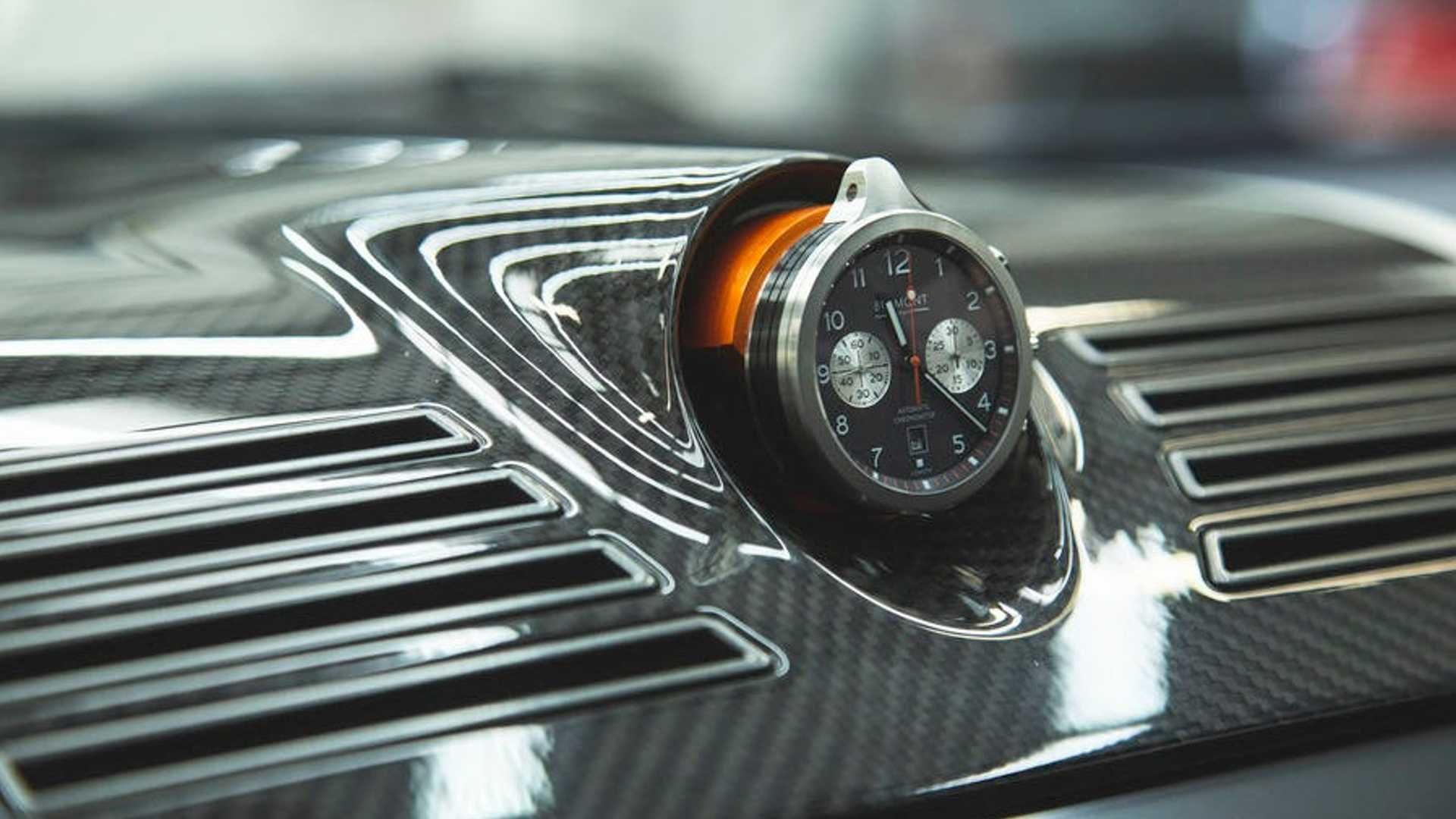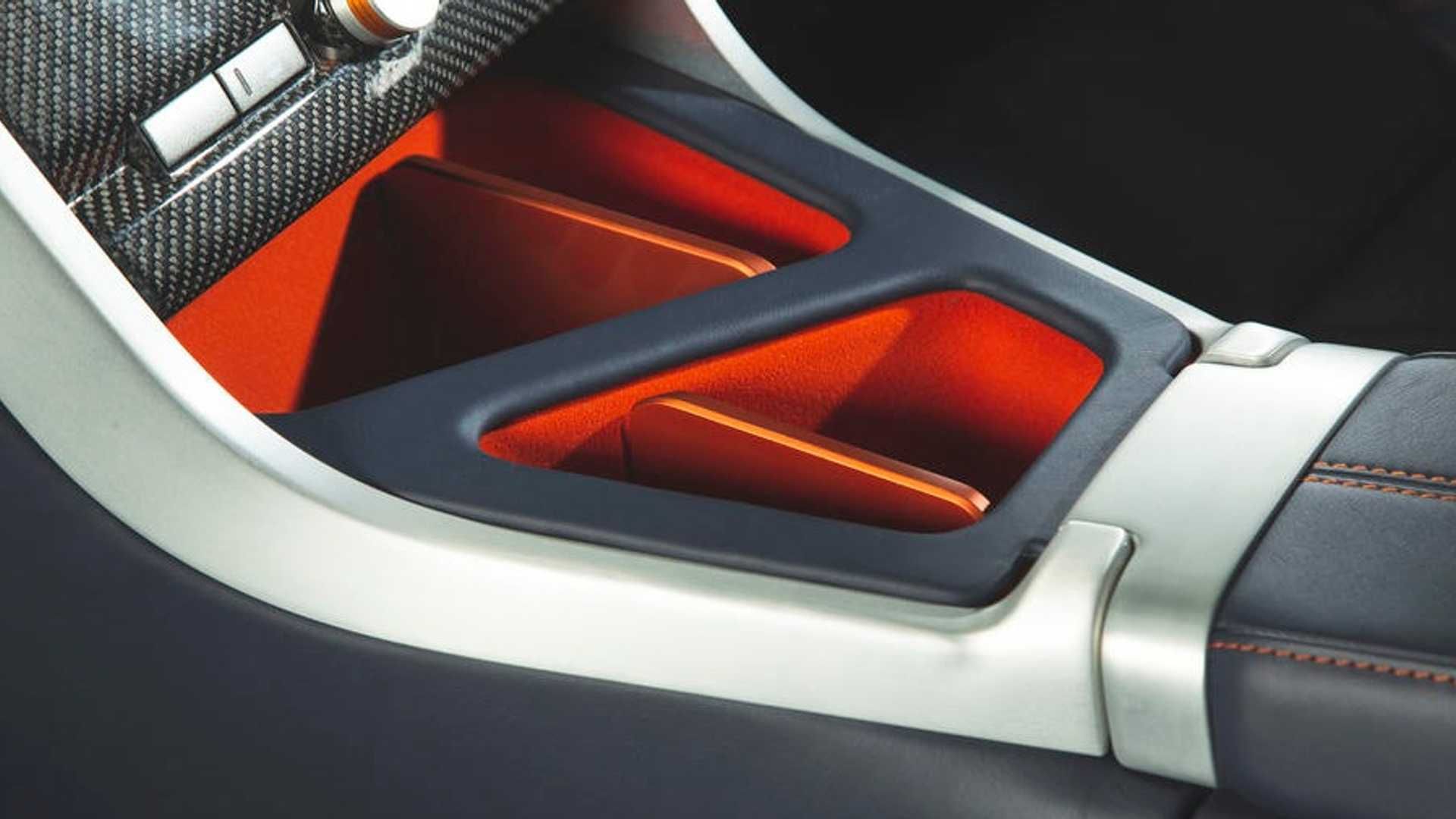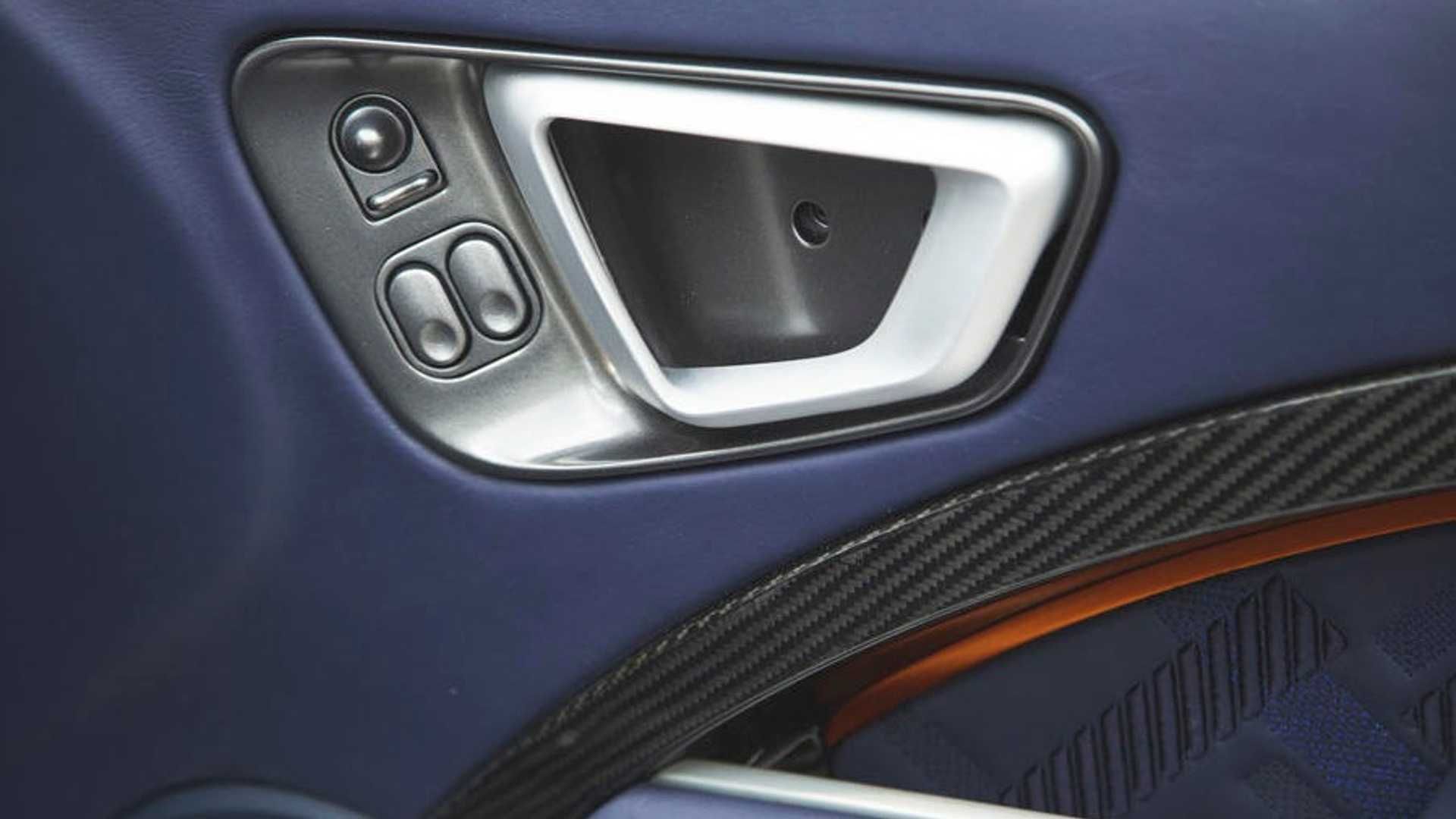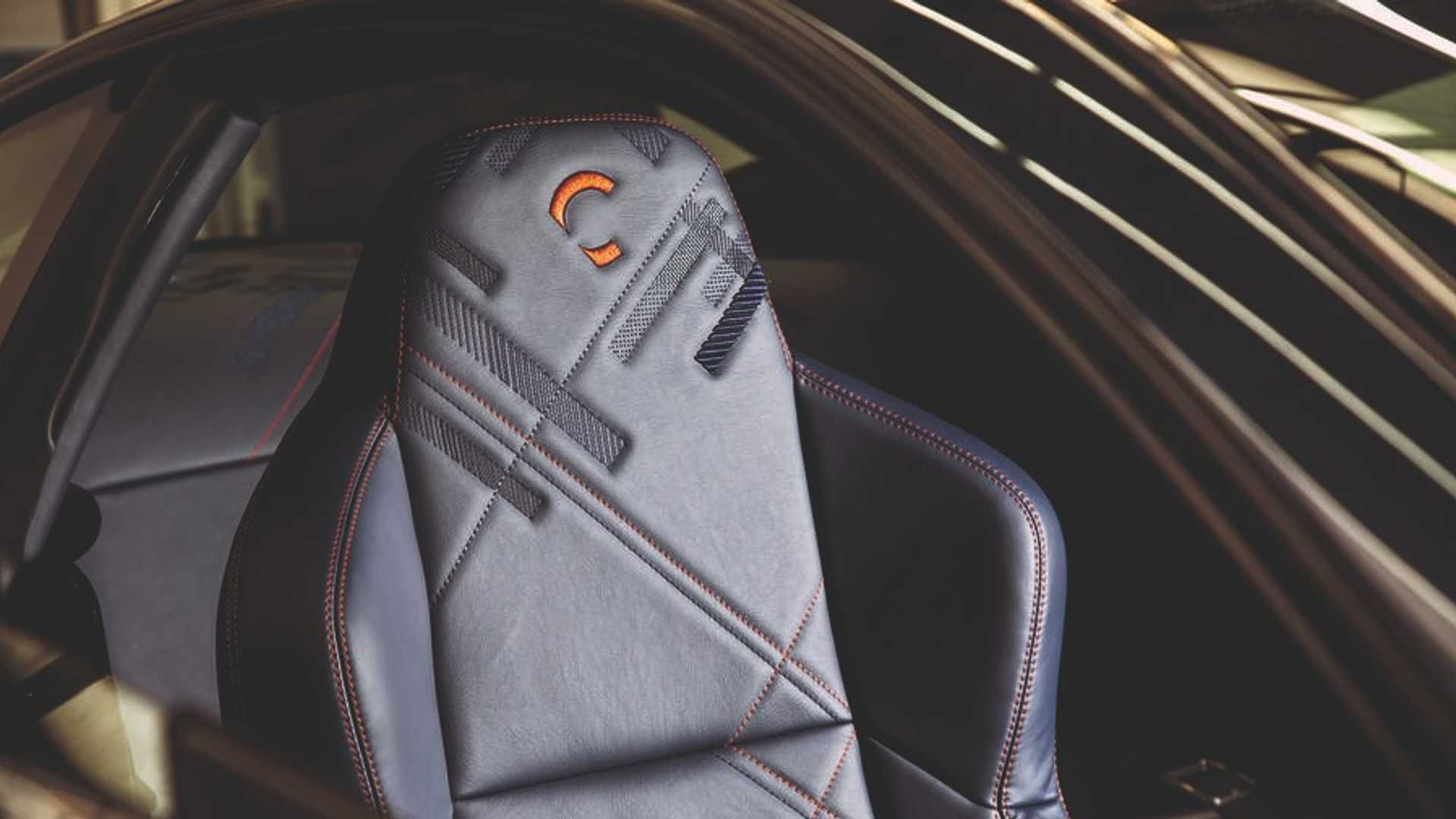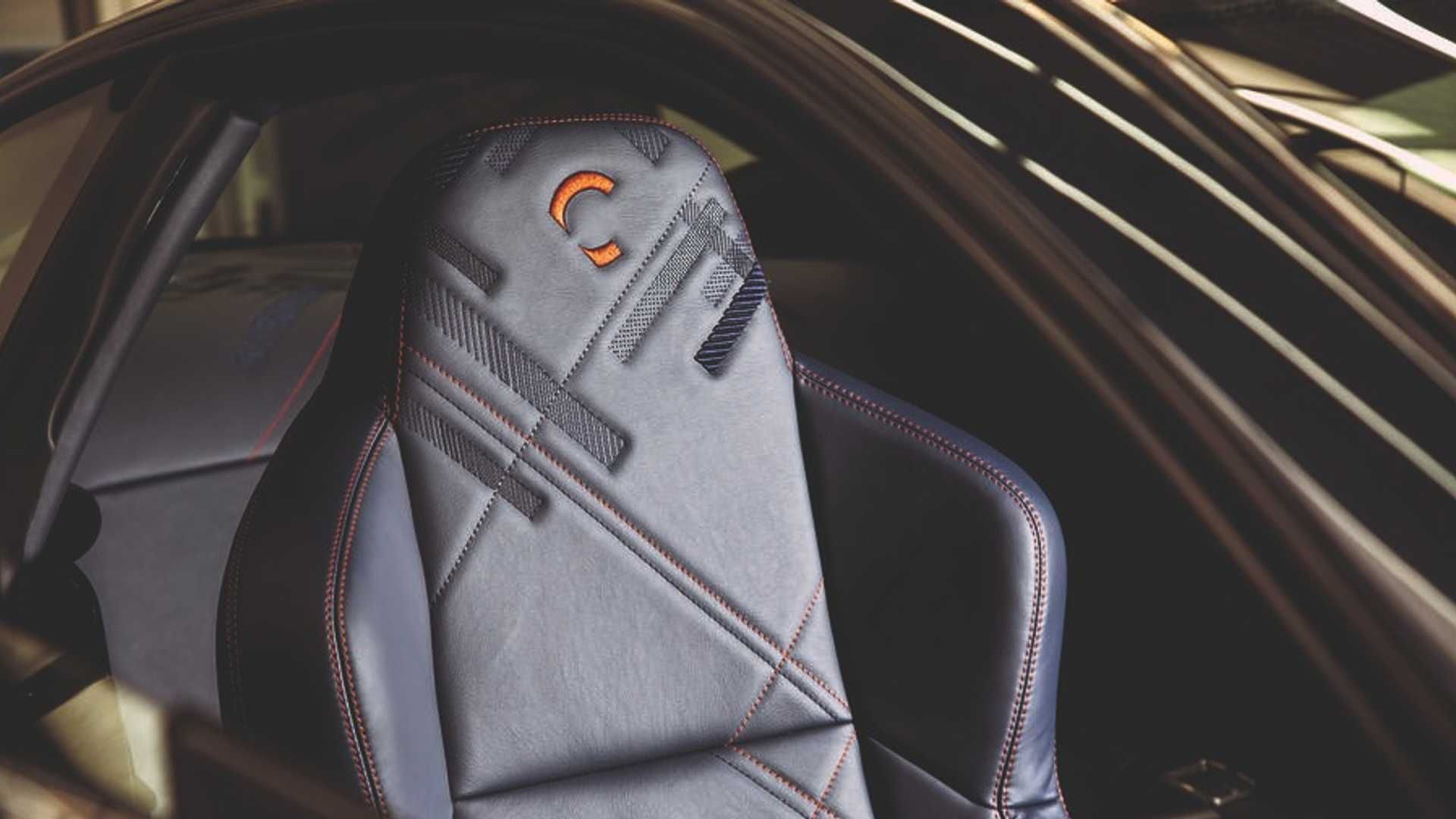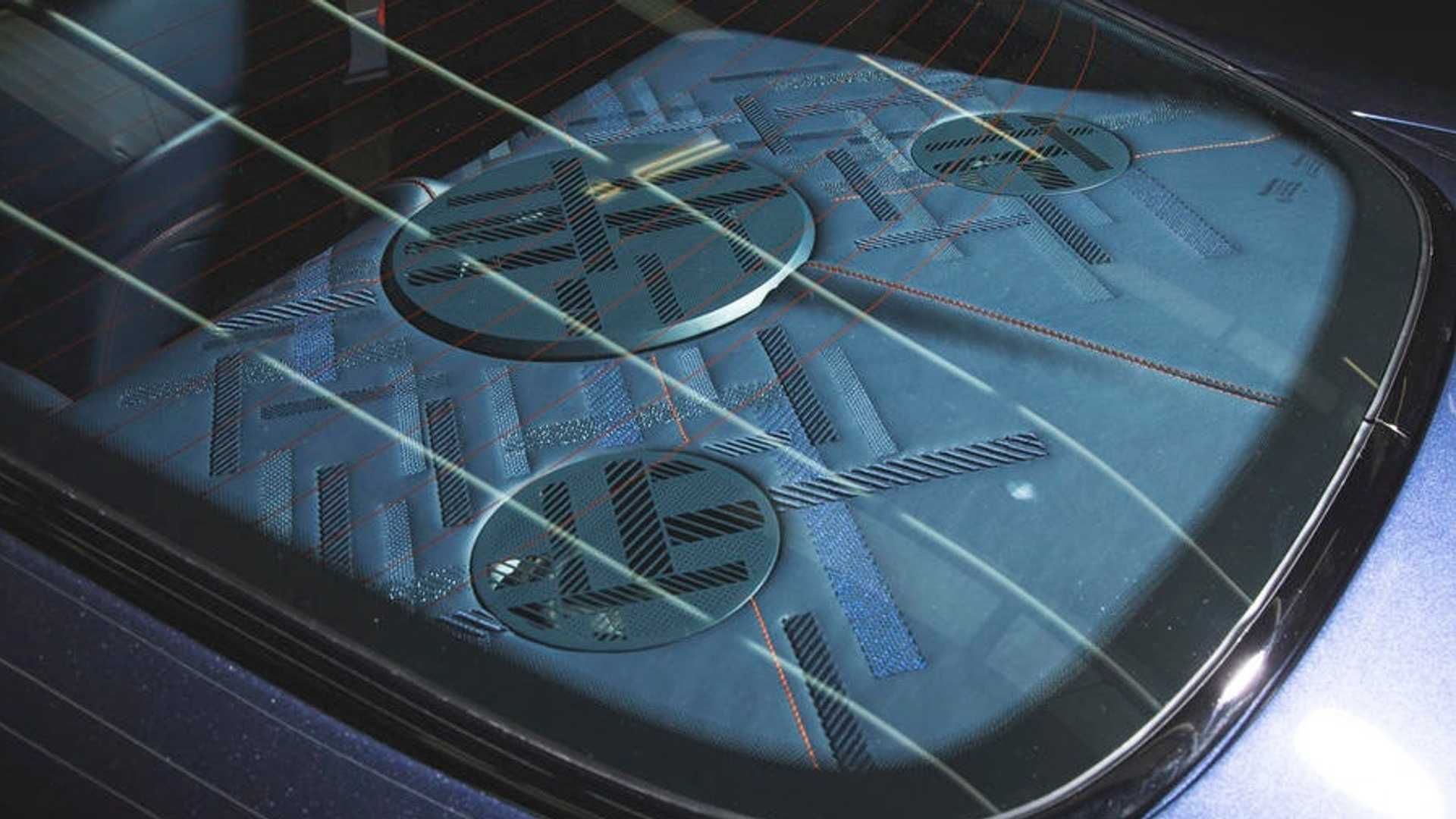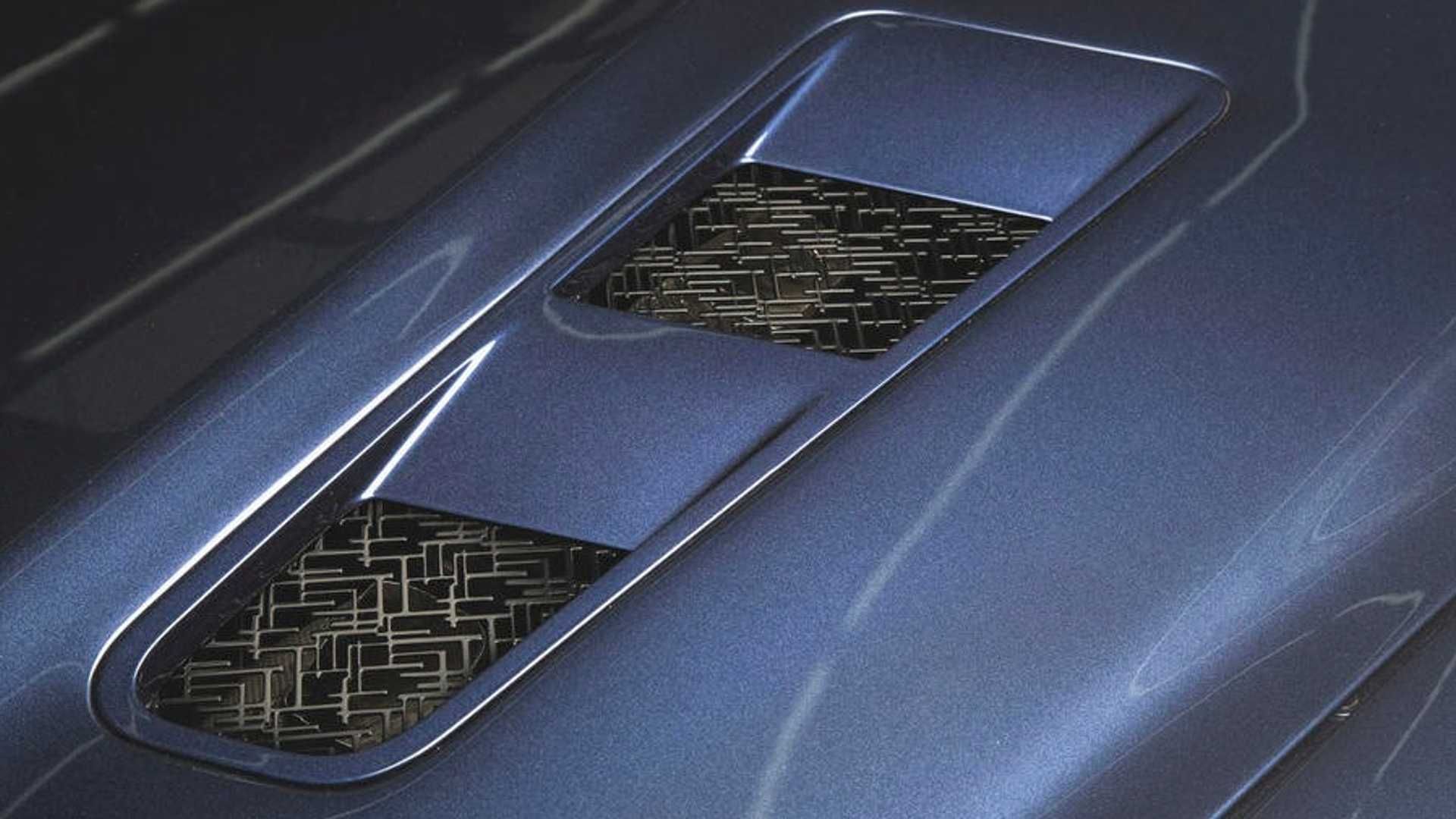Eighteen years ago, Aston Martin launched the first-generation V12 Vanquish. It was a huge moment for the British automaker, which, at that time, was part of the Ford Motor Company stable. The first-generation Vanquish remained in production until 2007, and in that time, the Ian Callum-designed grand tourer established a fanbase that remains healthy and vibrant to this day. Imagine the excitement of those people now after Callum, who has since started Ian Callum Design, introduced the Aston Martin Vanquish 25, a throwback creation of the original Vanquish that the designer played a huge part in creating. The Aston Martin Vanquish 25 is here as part of Ian Callum Design’s goal to redo some of the cars from yesteryear that he had a hand in designing. We’re going to go through a long list of models to identify all the cars Callum helped bring to life so instead of doing that, we’re putting the spotlight squarely on one of his most famous creations. Ladies and gentlemen, this is the Aston Martin Vanquish 25, and it looks like it hasn’t aged a day since the last time we saw it 12 years ago.
2019 Aston Martin Vanquish 25 by Callum
- Make: Array
- Model: 2019 Aston Martin Vanquish 25 by Callum
- Engine/Motor: V12
- Horsepower: 580
- [do not use] Vehicle Model: Array
The first-generation Aston Martin Vanquish was an important car for Aston Martin. It arrived at a time when automakers were still trying to leverage their modern exotic grand tourers by creating a niche market where these models could thrive. These days, that market has exploded into a full-blown segment, ripe with models from automakers all over the world. It would be presumptuous to say that the first-generation Vanquish was solely responsible for that, but it played a big part in creating the market. It certainly helped, at least from the perspective of exposure, that the first-gen Vanquish appeared in the James Bond movie Die Another Day a year after it hit the market. Just like that, it was introduced and exposed to a global audience that immediately fell in love with the model.
There’s a lot of credit to go around when discussing the success of the first-generation Vanquish. Make no mistake, though. One of the biggest reasons behind it is Ian Callum, the legendary auto designer who’s largely credited for creating the design that Aston Martin would come to repeatedly use in a lot of its later models. Callum is the design mind behind the Vanquish, and when he decided to retire from his long and storied career as a designer and start a full-service design and engineering house, it was only a matter of time before the OG Vanquish would rise again. That day, folks, has come. Meet the Aston Martin Vanquish 25.
Exterior
On the surface, the Aston Martin Vanquish 25 looks like…the first-generation Vanquish. That’s not an accident. In creating the Ian Callum Design, the legendary designer made it clear that his company wasn’t going to reinvent the wheel, but, rather, build on what’s already been created and make upgrades and improvements where they’re necessary.
That said, the design company still had its work cut out in giving the Vanquish a modern vibe that fit its goal of turning it into “the Grand Tourer for the 2020s.” Work started in the front where several small redesigned details gave the Vanquish a fresh new look. There’s the sharper-edged upper grille that sits squarely in the middle of the fascia, sitting above what now looks like a larger lower intake. The Vanquish’s old projector headlights were replaced with four high-intensity LEDs and the fog lamps that once occupied the edges of the lower bumper have been replaced in favor of carbon fiber vents that can channel more airflow to the grand tourer’s front brakes. The split-level grilles count as arguably the most noticeable change in the front design of the Vanquish 25. Combine that with the convex carbon fiber rockers that integrate seamlessly into the new curves of the lower rear fenders and you have a striking new look that somehow still exudes images of the OG Vanquish. And this is just the front section of the car.
Overall, the Aston Martin Vanquish 25’s exterior is a fresh look and a tribute to the OG, all rolled into one. It is, in Callum’s words, the facelift that the original Vanquish never lived long enough to receive. Remember, it was only in the market for six years, a short life compared to the production run of today’s grand tourers. If that is the case, Callum Design House did the first-generation Vanquish a lot of justice. The Vanquish 25 looks stunning.
Interior
The first-generation Aston Martin Vanquish’s weak link was its interior. It wasn’t that bad to look at when it was new and there was enough fine leather and other premium materials to compensate for the atrociously cheap center console that somehow found its way into this beautiful model. The OG Vanquish’s center console was a complete eyesore, so it comes as no surprise that in redesigning the interior of the Vanquish 25, Callum and his team of designers made sure to start there.
You’ll also notice a distinct pattern design spread throughout the interior of the car. What that is is an abstract tartan pattern that pays homage to Callum’s roots in Scotland. In fact, the legendary designer indicated his plans to use this aesthetic design as one of his design calling cards moving forward. So, if Ian Callum Design produces more models like the Vanquish 25, expect to find this design pattern in those cars, too. You can even see it in the carbon fiber hood vents of the Vanquish 25. It is, in some ways, Callum’s signature spread throughout his current and future creations.
Now, let’s turn our attention to the center console. It’s like night and day, isn’t it?
If there’s ever a section of the Aston Martin Vanquish 25 that captures the goal that Callum Design House set when it embarked on this project, it’s the interior of the grand tourer. For the most part, it doesn’t depart from the visual design and layout of the first-generation Vanquish, but there’s something about the new look that’s different. It looks different and, more importantly, it feels different. Maybe it’s the new center console design or maybe it’s the fancy leather and carbon fiber surfaces. Maybe it’s even the orange cursive inscription in the door sills that say “order out of chaos.” Whatever it is, the interior of the Vanquish 25 is a great example of what Ian Callum Design is all about and what it’s going to try to accomplish with its future projects. As far as first impressions go, Ian Callum’s new venture is off to a rousing start.
Drivetrain
As good as the Aston Martin Vanquish 25 looks inside and out, it won’t mean much if it uses the same engine as the original Vanquish. As impressive as the first-generation Vanquish’s 5.9-liter naturally aspirated V-12 engine was in 2001 when it produced a healthy 460 horsepower and 400 pound-feet of torque, that output doesn’t jump off the page anymore in 2019. It’s still decent, sure, but for a car like the Vanquish 25? Not even close.
Ian Callum knows this, so as part of the entire Vanquish 25 experience, the grand tourer’s naturally aspirated 5.9-liter V-12 engine received extensive upgrades, including a new carbon fiber airbox and a new exhaust system. Throw in an extensive software tuning to the same engine and the result is a final output of 580 horsepower.
Performance details were not mentioned, largely because they could differ depending on the kind of transmission that’s in place. Still, given that the OG Vanquish could sprint from 0 to 60 mph in 5.0 seconds and hit a top speed of 190 mph, it wouldn’t be a stretch to imagine the Vanquish 25 accomplishing the same feat in around 4.5 seconds, maybe even a little quicker than that. Top speed should also increase north of 200 mph, which is the posted top speed of the 520-horsepower Vanquish S.
Those numbers are attention-grabbing, but Callum and his team didn’t accomplish the task at hand without making similar updates and improvements across the mechanical landscape of the powertrain. So the team widened the front and rear tracks, lowered the grand tourer’s ride height by 10 millimeters (0.39 inches), and worked on extensively tuning the dampers with custom springs while also adding larger and stiffer front and rear anti-roll bars and bearings in the steering rack.
A car as extensively recreated as the Aston Martin Vanquish 25 deserves the kind of driving and performance dynamics that can live up to its billing. Callum was once again up to the task, and the results, well, they certainly speak for themselves.
Final Thoughts
Ian Callum staked his name and reputation in starting Ian Callum Design. Based on the company’s first foray, I'd say it knocked the Vanquish 25 out of the park. I never thought I’d get to see the day when the OG Aston Martin Vanquish got the facelift that it deserved more than a decade later but was denied of having one. Well, here it is. To be clear, the Vanquish 25 is more than just a routine facelift. It also represents the start of what could be a fruitful and successful for business for Ian Callum, one where he can properly flex his skills without having to answer to anyone. We’re already bearing witness to what Callum can do with this kind of freedom, and it’s safe to say that everyone’s excited to see what he can come up after the Vanquish 25.
In case you’re wondering where Aston Martin stands in all of this, the British automaker isn’t only throwing its full support behind Ian Callum Design, but it also contributed with a few parts and equipment to help the Vanquish 25 come to life. No less than the automaker’s chief creative officer and former Ian Callum colleague Marek Reichman weighed in on the company’s support for its former designer. "Aston Martin Lagonda is very proud of the cars created during Ian’s time, and they are an important part in both our heritage and evolution,” he said.
Now, Ian Callum and his team at Ian Callum Design can recreate some of those cars. The Aston Martin Vanquish 25 is the start, but it sure as heck won’t be the end.
Further reading
Read our full review on the 2001 Aston Martin V12 Vanquish S.
Read our full review on the 2018 Aston Martin Vanquish S.


